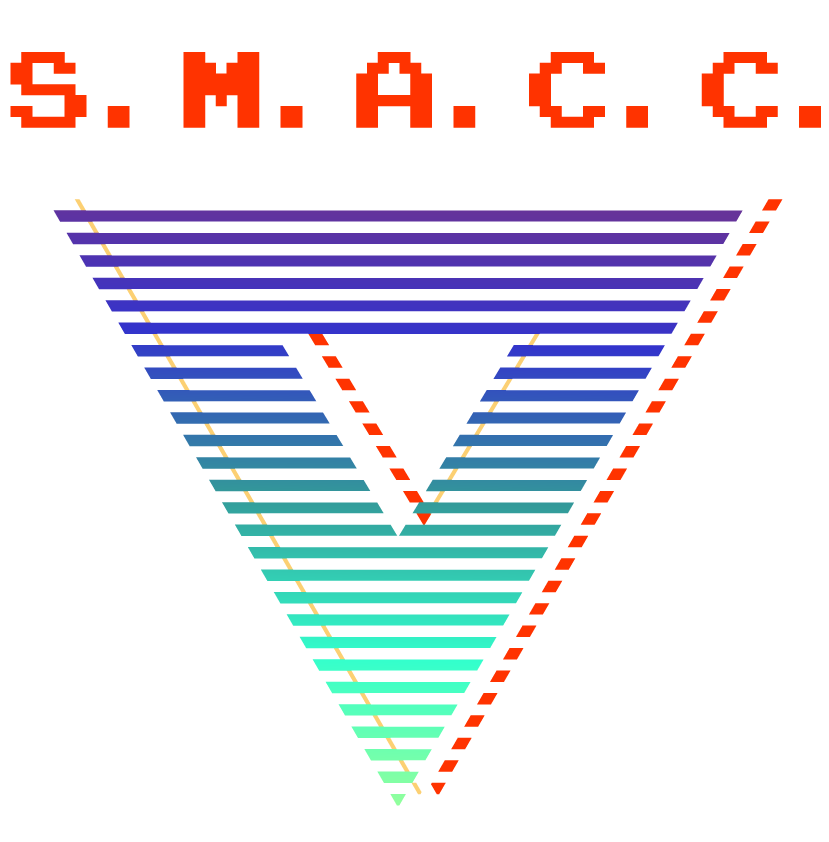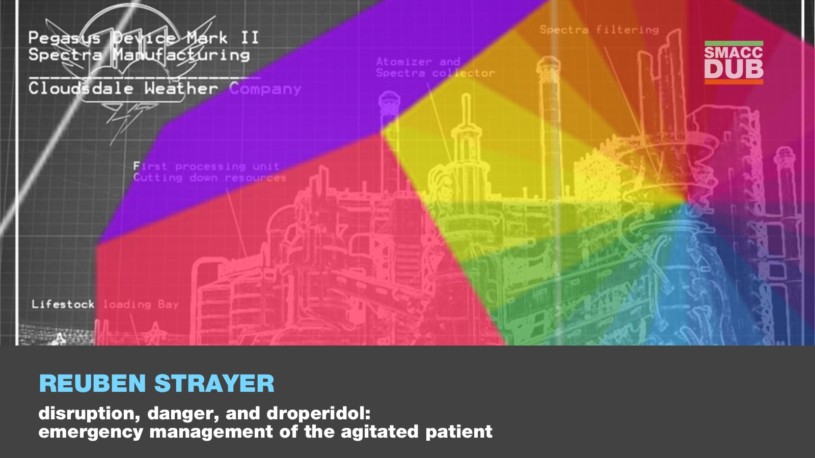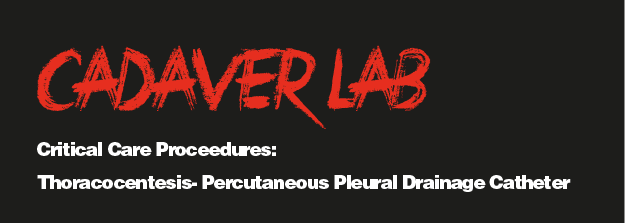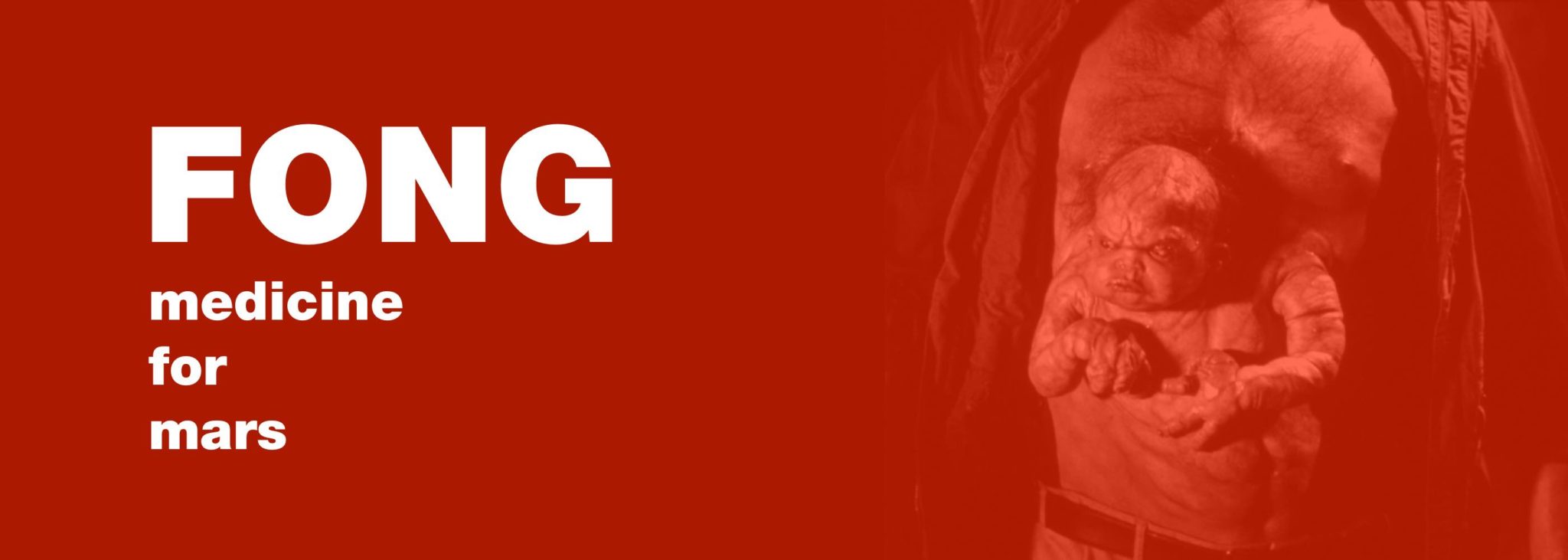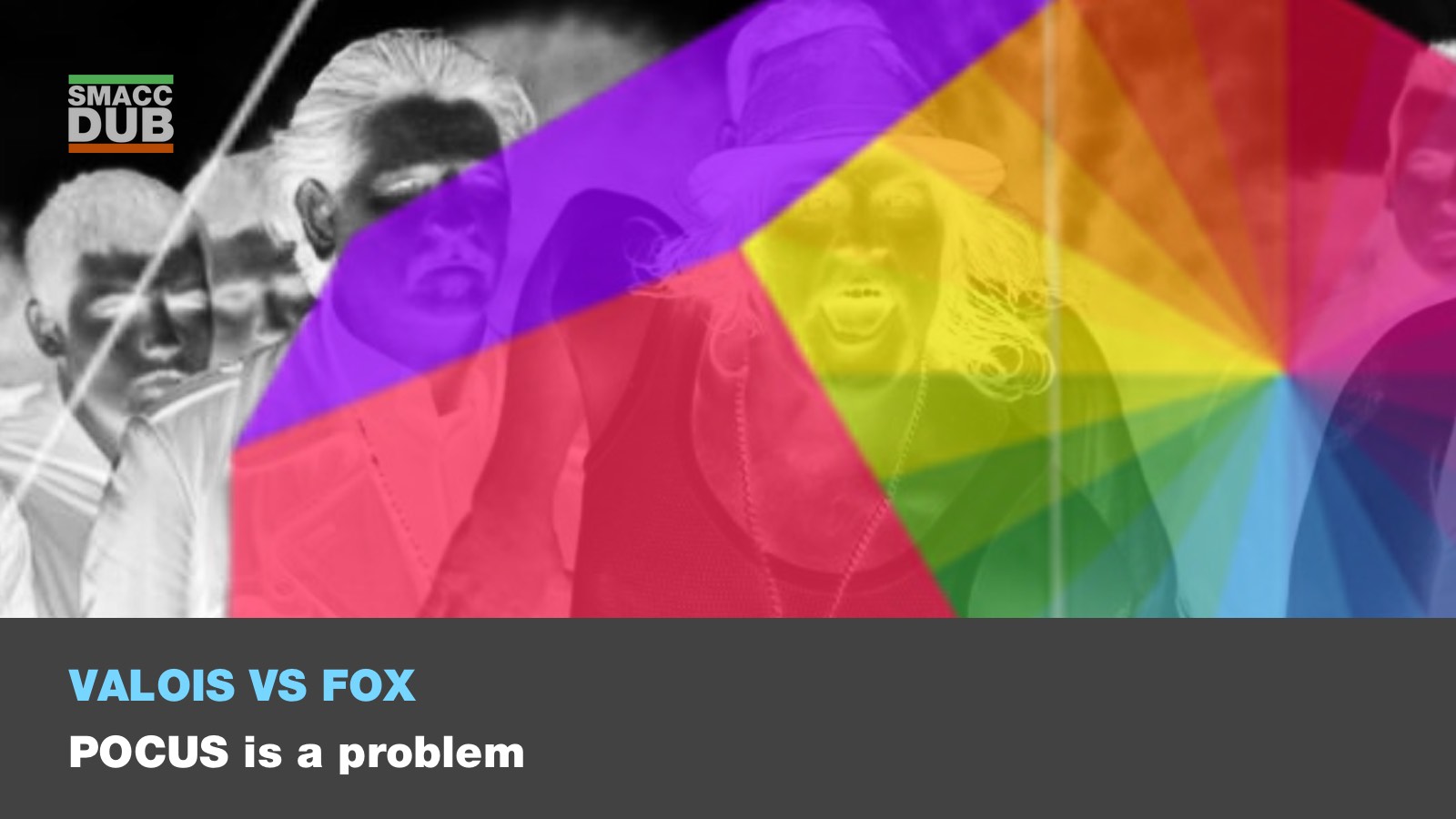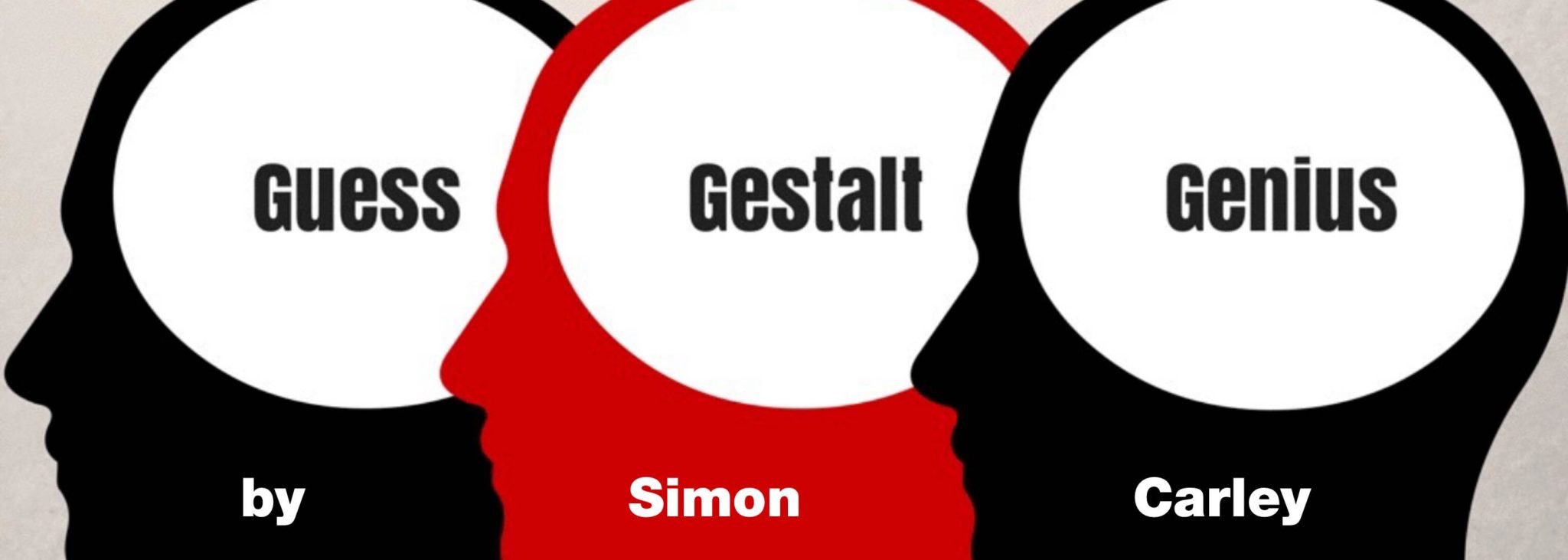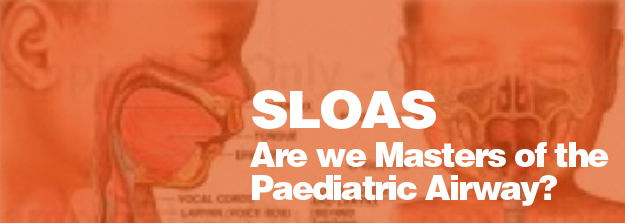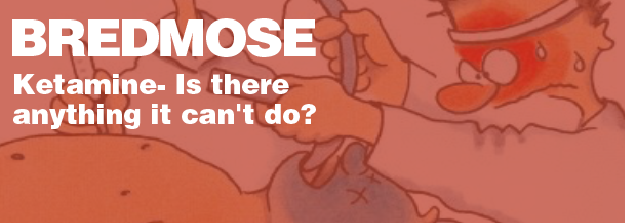Disruption, Danger, and Droperidol: Emergency Management of the Agitated Patient
Summary by: Reuben Strayer
Agitation poses a direct threat to the safety of both patient and staff, as well as being an important manifestation of dangerous conditions that require rapid identification and treatment. Management of agitation consists primarily of physical and chemical restraint, and the details of how restraint is carried out–usually based more on tradition than considered plans or thoughtful protocols–directly determine case outcome.
In this talk, we’ll discuss the initial approach to agitation, focusing on the appropriate role of physical restraint, as well as best practice technique for physical restraint. We will then deliberate the options for chemical sedation and propose a menu of the safest and most effective agents for a variety of common agitation scenarios. Some of the questions we will address include: What are the most important dangerous conditions that cause–or are caused by–agitation? What are dangerous restraint holds, and how can physical restraint be accomplished in the safest manner? In the initial management of an agitated patient, should chemical restraint be administered by the intravenous or intramuscular route? How do haloperidol and droperidol compare speed in efficacy when used for calming the agitated patient? How should providers manage concerns around prolonging the QT interval when using butyrophenones for sedation? Which benzodiazepine is preferred, as a treatment for agitation? How should neuroleptics and benzodiazepines be used as monotherapy or in combination? In which type of patient should ketamine be used as a sedation agent? How should ketamine be dosed for tranquilization, and what adverse effects should providers be mindful of when using ketamine for this indication? Can ketamine be used in patients with hyperdynamic vital signs? What is the role of crystalloids in managing the agitated patient? Once the agitated patient has been calmed, what are the primary, secondary and tertiary resuscitative maneuvers (diagnostics and therapeutic)?
